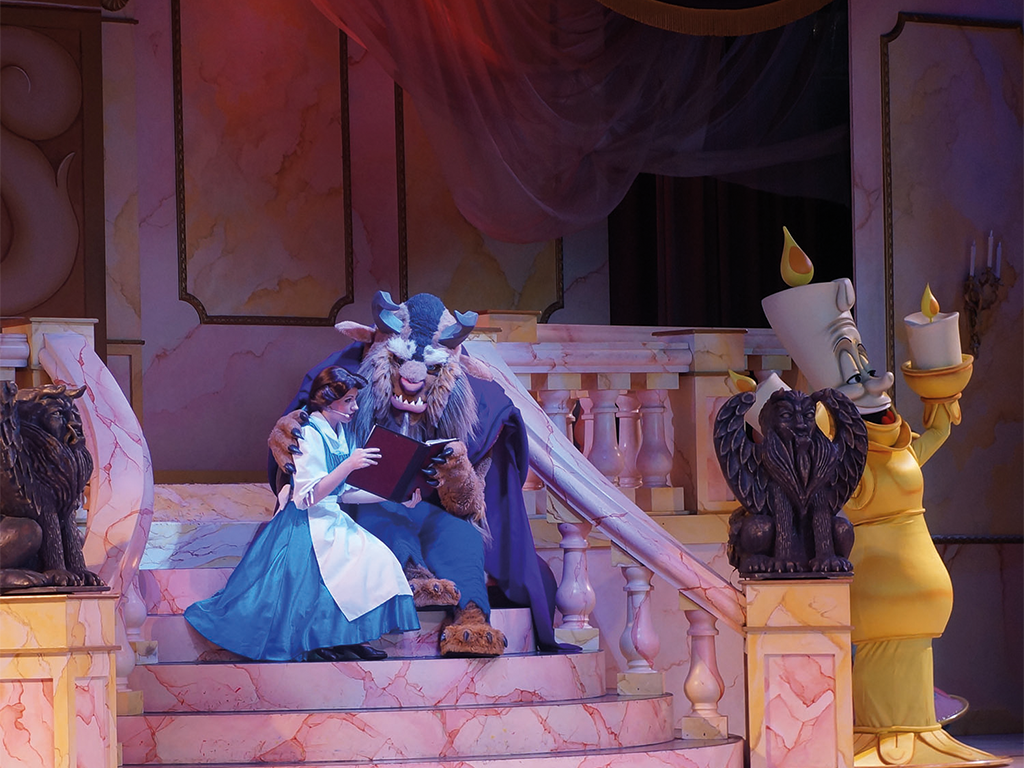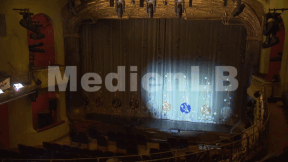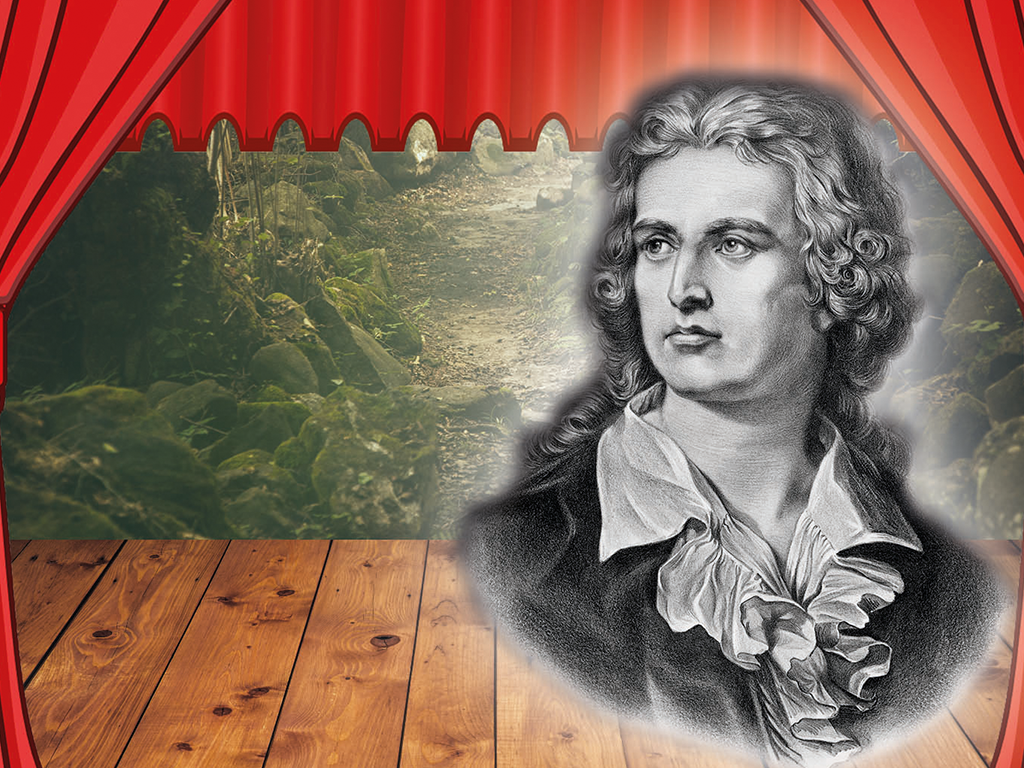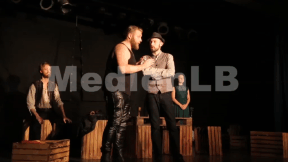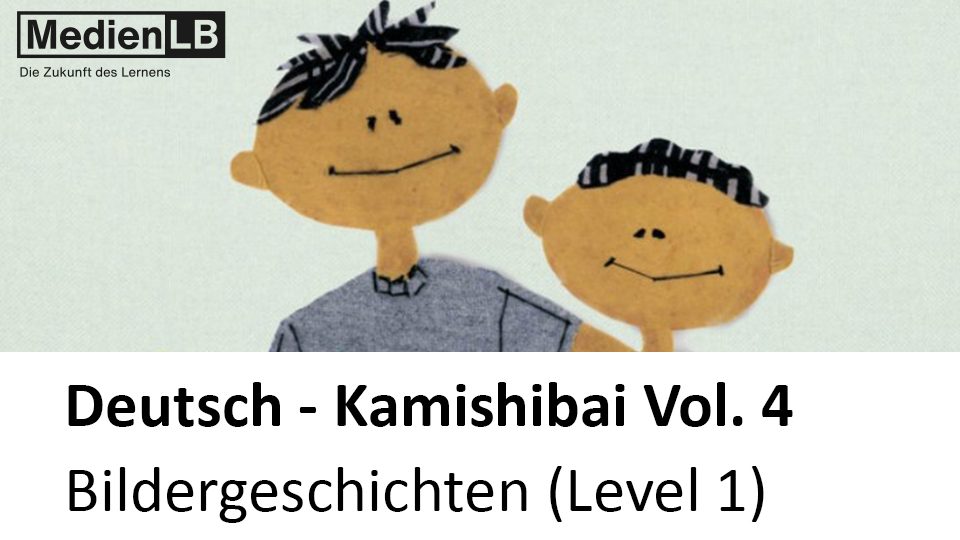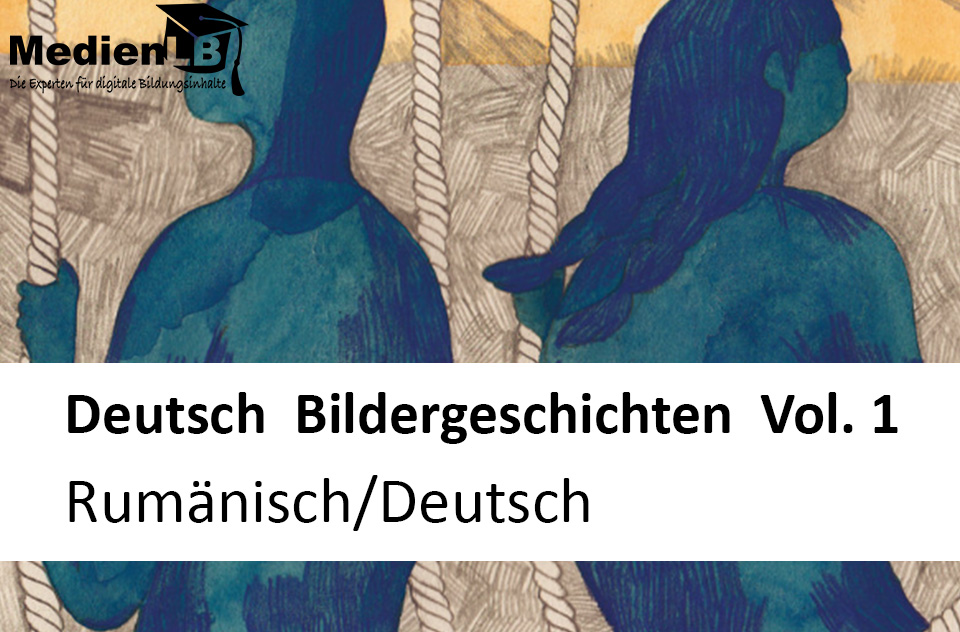
55505753
Rumänisch/Deutsch
In unserem Arbeitsheft Bildergeschichten (Level 1) Vol. 1 – Rumänisch/Deutsch finden Sie 50 interaktive und didaktisch aufbereitete Aufgaben.
Das Medium bietet H5P-Aufgaben an, die ohne zusätzliche Software verwendbar sind. Das Medium enthält interaktive Videos und 50 H5P-Aufgaben zum Thema Bildergeschichten.
Durch interaktive Aufgabentypen wird das audiovisuelle und interaktive Lernen einfach.
Lernen macht jetzt Spaß!
Included Tasks
- 1. Chunnu şi Munnu fac băiţă - Badezeit für Chunnu und Munnu
- 2. Nimic! - Nichts
- 3. La joacă - Spielzeit
- 4. Încă nu încă nu! - Nicht jetzt nicht jetzt!
- 5. Furnicile hărnicuţe - Fleißige Ameisen
- 6. Lara buburuza cea galbena - Lara der gelbe Marienkäfer
- 7. Ce este? - Was ist es?
- 8. Pisica cea curatâ - Saubere Katze
- 9. Bheema somnorosul - Bheema die Schlafmütze
- 10. Micuţii pictori - Die kleinen Maler
- 11. Accident grav - Schwerer Unfall
- 12. Cadoul de Crâciun al lui Radu - Sams Weihnachtsgeschenk
- 13. Sâ numaram animale - Tiere zählen
- 14. Ce pot şi ce nu pot - Kann und kann nicht
- 15. Mie nu mi-e fricâ - Ich habe keine Angst!
- 16. Regele gras şi câţelul slab - Dicker König dünner Hund
- 17. Zâmbeşte te rog! - Bitte lächeln!
- 18. Cea mai buna prietena a mea - Meine beste Freundin
- 19. Prea micâ! Prea mare! - Zu groß! Zu klein!
- 20. Ce este? (2) - Was ist das? (2)
- 21. Astazi sunt - Heute bin ich
- 22. Papuci pentru leu - Die Schuhe des Löwen
- 23. Cine este Cel mai Rapid? - Wer ist schneller?
- 24. Cel mai bun lucru din toate timpurile - Die beste Sache aller Zeiten
- 25. Mantaua roşie de ploaie - Der rote Regenmantel
- 26. Eu şi sora mea - Meine Schwester und ich
- 27. Peştele meu! Ba al meu! - Mein Fisch! Nein mein Fisch!
- 28. Pot sâ fac diverse lucruri! - Ich kann Dinge herstellen!
- 29. Prima zi de şcoalâ a lui Rani - Ranis erster Schultag
- 30. Cei trei pisoiasi - Die drei kleinen Kätzchen
- 31. Soricelul cel lacom - Die gierige Maus
- 32. Albinuţa si elefantul - Die Biene und der Elefant
- 33. Prietenii Mei - Meine Freunde
- 34. Timmy şi Pepe - Timmy und Pepe
- 35. Toamna - Herbst
- 36. Cine este prietenul nostru? - Wer ist unser Freund?
- 37. Acum te-am prins! - Jetzt habe ich dich!
- 38. Oul - Das Ei
- 39. Copacul de mango - Der Mangobaum
- 40. Cursa - Das Rennen
- 41. Eu pot ajuta - Ich kann helfen!
- 42. Vreau sa fac si Nu vreau sa fac - Tun und Lassen
- 43. Pisica Coco - Coco die Katze
- 44. Învâţâm despre feline - Wilde Katzen!
- 45. Un bârbat foarte înalt - Ein sehr großer Mann
- 46. O vreau pe aceea! - Das will ich haben!
- 47. Aventura Sofiei - Sofias Reise
- 48. Bunty şi Bubbly - Bunty und Bubbly
- 49. Scarpinâ! Scarpinâ! Scarpinâ! - Kratz! Kratzt! Kratz!
- 50. Mâ pot câţâra - Ich kann klettern
Curriculum-centred and oriented towards educational standards
Matching
Theatre
The Munich Kammerspiele, commissioned by the Riemerschmid family as a new theatre in the city of Munich in 1899.
Schiller’s The Robbers
“The Robbers“ by Friedrich Schiller begins with a wicked intrigue. It revolves around two brothers; Karl Moor and Franz Moor, sons of the reigning Count von Moor, who hate each other. The rivalry between the two brothers is great. On the one hand, there is Karl, the intelligent, freedom-loving robber, and on the other, Franz, suffering from withdrawal of love, scheming and coldly calculating.




